Former designer went on Instagram to show a facelift that never reached production. While there is much nostalgia around the Kombi, would that have worked?
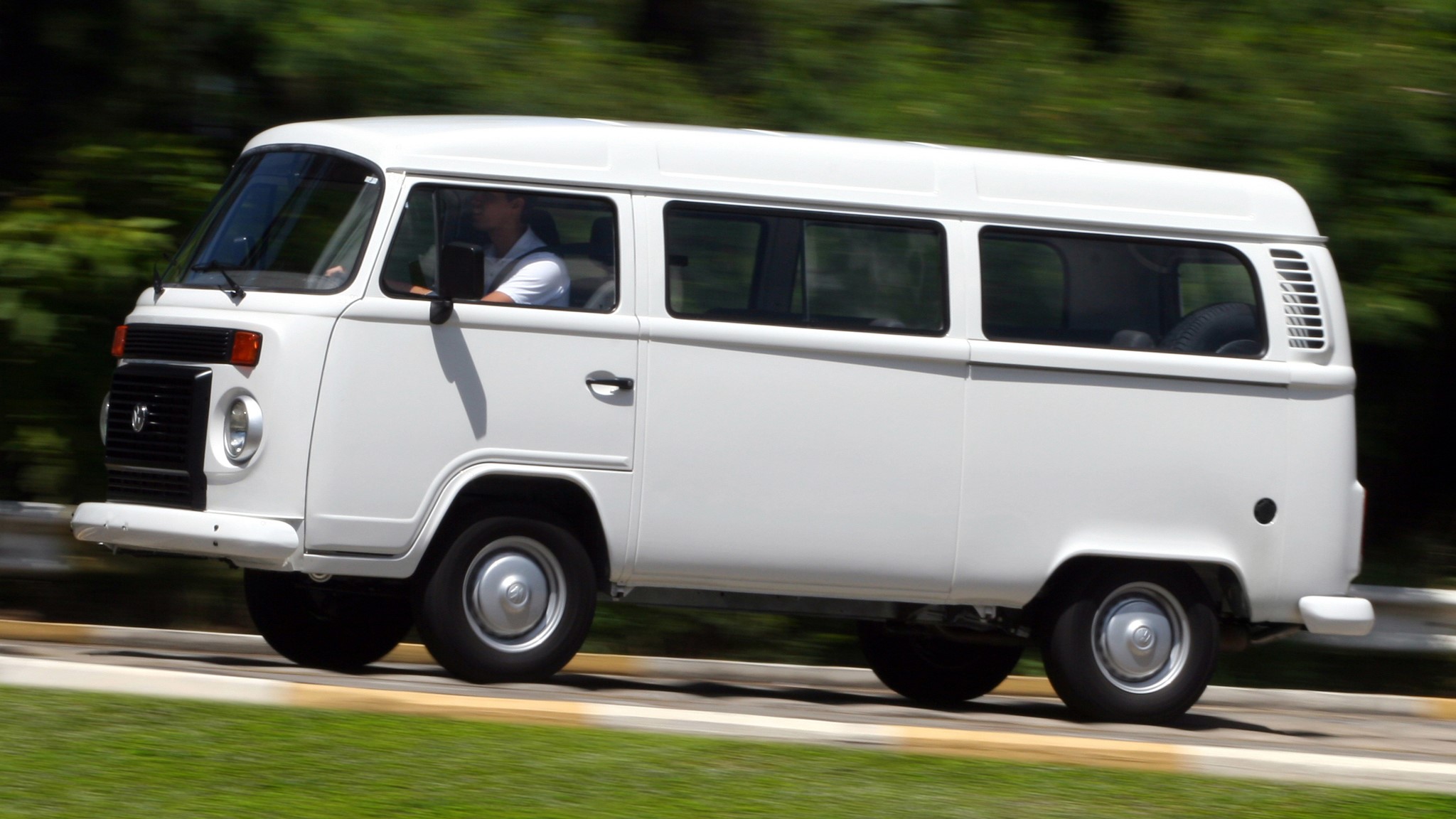
Last week, Volkswagen took everyone by surprise for showing a fully functioning Phaeton D2. The flagship sedan should have had a successor in 2016 had its sales made it worth. Now, the automaker has attracted the spotlights again in a different way, but with even more nostalgia. This time, the attention goes to the Kombi, which is how Brazilians named the Transporter. And our time travel will take us to the 1990s.
Let me give you some context before we dive into the story. Luiz Veiga was a top designer at Volkswagen in Brazil. Over four decades, he developed models like the Gol and the Fox, which turned out to be huge sellers in Latin America. This week, he made an Instagram post showing a project to facelift the Brazilian Kombi in the 1990s. Those images and the whole project had been kept secret for over twenty years.
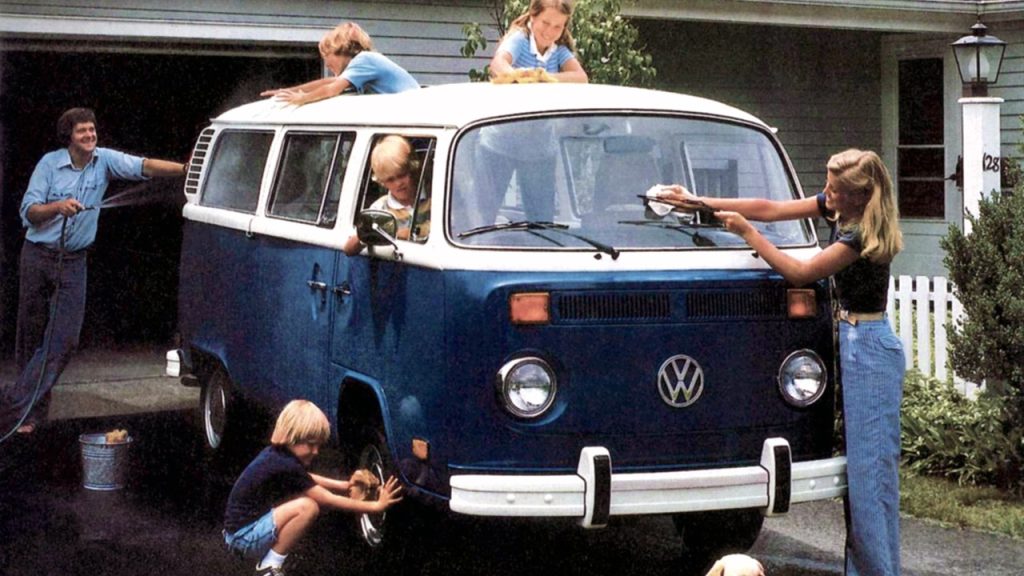
What is the Volkswagen Kombi?
Since this is an old car which was available for many years in many regions, it is hard to pinpoint an exact name. The convention is to name it Transporter and distinguish its generations and versions. For example, the model of interest here uses the “T2” nickname for being the second generation. It had cargo, pick-up, luxury (Caravelle) and several other versions. The regular one, of combined use, often went by “Kombi”.
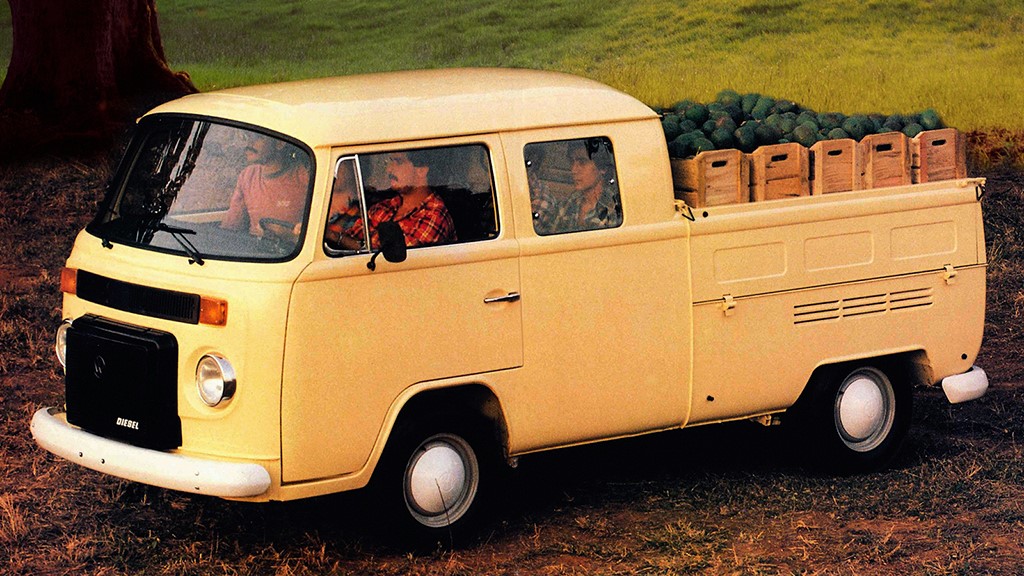
The van had an unusually long life cycle in Brazil and Mexico. The biggest reason was that no other could offer a similar combination of high capacity and low maintenance cost. There were many rivals through all those years, but they would always be more expensive to own. Since the van’s focus was professional use, it was nearly impossible to beat it. In the 1980s, it even had a pick-up version with regular or crew cabin.
It is understandable that, when a car sells well, both maker and buyers want to keep it on sale. In terms of commercial vehicles, that is desirable too because keeping costs to a minimum is their priority. The thing is, the T2 Kombi only had a regular life cycle in Europe. The challenging social and economic conditions of Latin America made this van live much longer there. Let us take a closer look at that whole new scenario.
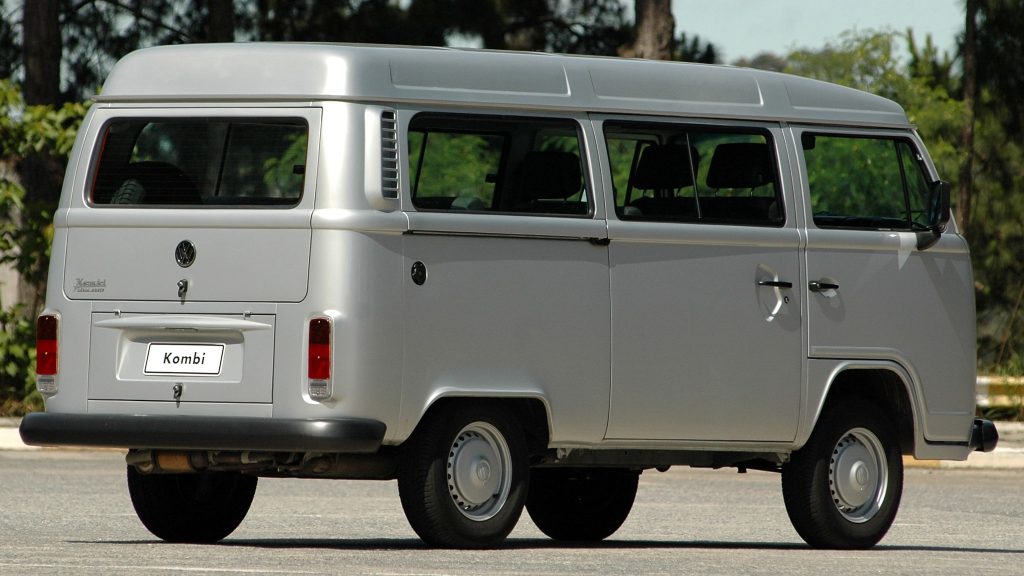
The VW Kombi in Brazil
The van started to show its age in the late 1960s. Back then, the country was going through a dictatorship which was quickly corroding its economy. People’s purchasing power was decreasing, so automakers had no motivation to invest in updating their products. In the 1980s, the situation reached the particularly low point of the market going through five years (1984 to 1989) with no all-new car releases whatsoever.

In such a context, it is easy to see that the Brazilian branch was not really in a hurry to update the Volkswagen Kombi. The T2 arrived there in 1976, nine years after the European release, which would be entirely unthinkable today. Rather than focusing on styling or comfort (or safety, unfortunately), VW focused on utility. In the 1980s, the aforementioned variety of versions made the van dominate the Latin American market in its segment.
In the early 1990s, the dictatorship was over and the government allowed car imports again. However, the economy was in such a situation that not even all that made other vans competitive. Everyone knew that the Kombi was below the market’s standard in key aspects, but it was the only truly affordable option. VW gave it another facelift in 1997, but we are now learning that it was more modest than the original plans.
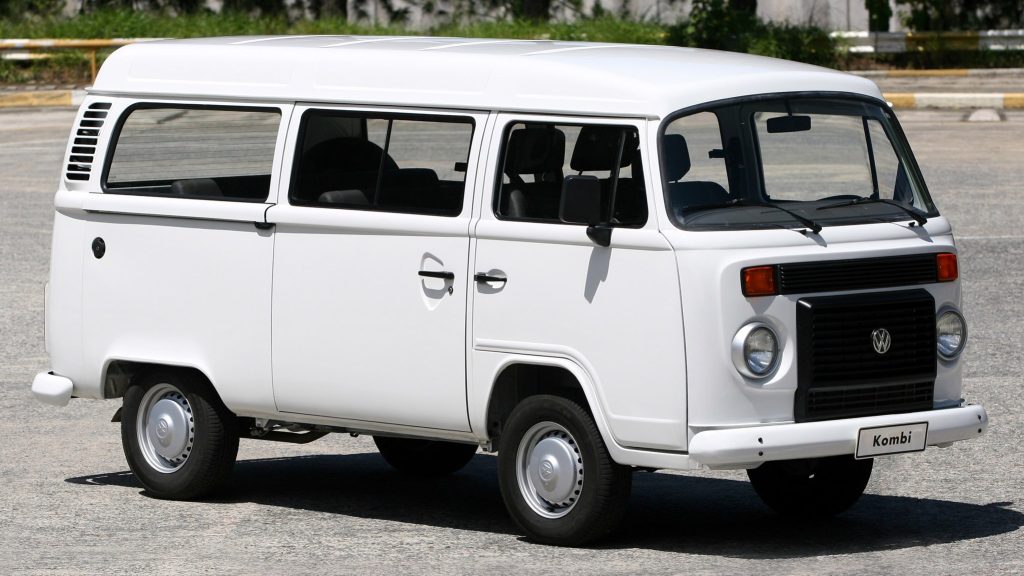
What about Luiz Veiga’s post?
The post below shows that the initial plan was to make a more comprehensive facelift on the Volkswagen Kombi. The first photo is a collage of two design proposals, while the second one shows one project for the dashboard. Veiga did not give many details on the post, but we can infer that both ideas regarded updating the same project. In other words, trying to adapt a 1950s van to the design trends of the 1990s.
The Instagram post on which this article was based has been deleted by its author
New design proposals
The left front fascia features an evolutionary redesign. The upper region received rounder edges and taller turn lights. There are also double headlights which remind of the ones Porsche applied to the 911 in 1997. The bumper received a wraparound design with a blackened part in the middle. It was a quite interesting attempt to update the Kombi. Volkswagen would reimagine the T2’s design only using modern elements.
The project to the right took a totally different approach. The upper grille became merely decorative; each headlight became a single item and acquired the shape of a round rectangle. Besides, there is a new grille between them. The bumper is the same except for coming entirely in the body color. The overall feeling is that this facelift aimed at bringing VW’s identity of the 1990s; it would look very much like the 1994 Gol.
The second photo shows a typical 1990s dashboard. Round shapes, almost no visible sheetmetal, and the use of modern items for the time. In short, the Kombi would probably borrow items from the Gol to gain in comfort. The instrument cluster would be more informative, there would be a cassette player, and the steering column would get a partial plastic protection. All the light switches would go to the left side.

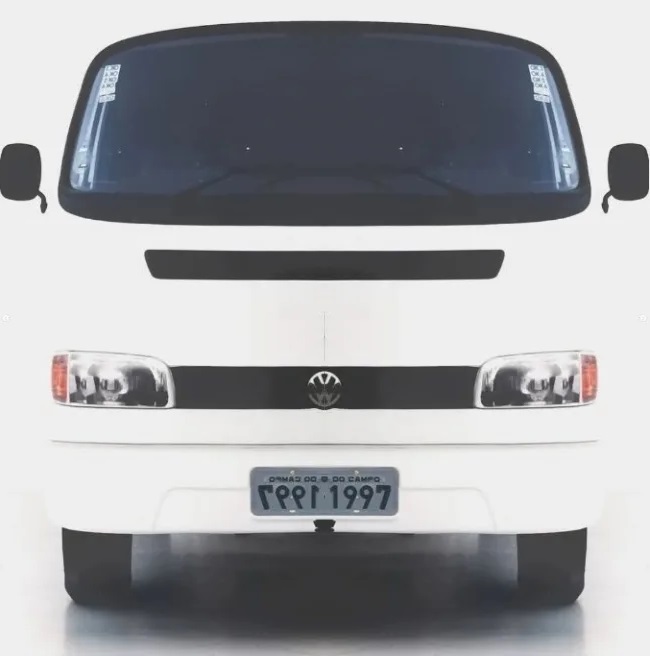
Would the new Kombi work?
Frankly, no. That facelift would cost money and that would make the Volkswagen Kombi more expensive. While its qualities have always been admirable, its comfort and safety standards became unacceptable in the 1990s. Drivers would only choose a new Kombi from then on because it was cheap to buy and keep. Eliminating that would instantly make all the direct rivals more attractive, especially the foreign models.

Besides, the truth is that design was the least important issue to address here. The van never had climate control, power windows, or assisted steering because its project is older than all of them. When it comes to safety, it is enough to say that VW discontinued it in 2013 because Brazilian laws would make ABS and front airbags mandatory and… It would be too complex and expensive to adapt the Kombi to get them.
Ideas like what Veiga posted are only attractive to enthusiasts. We simply love styling exercises like those, especially of cars with such rich history and significance. Practice-wise, it is better to follow the words the very Volkswagen used in 1986. At that time, it was bidding farewell to the Beetle in Brazil. ” At times, the technological advancement of a company does not appear in what it does, but in what it ceases to do”.
Danillo Almeida has explored his passion for cars in two distinct ways. The first one is his graduation course in Mechanical Engineering, which will hopefully lead to a job position in the field. The other one is expressing his knowledge and opinions on the matter through writing. Almeida has already contributed to blogs, stores, and websites in general writing automotive content in many formats.



